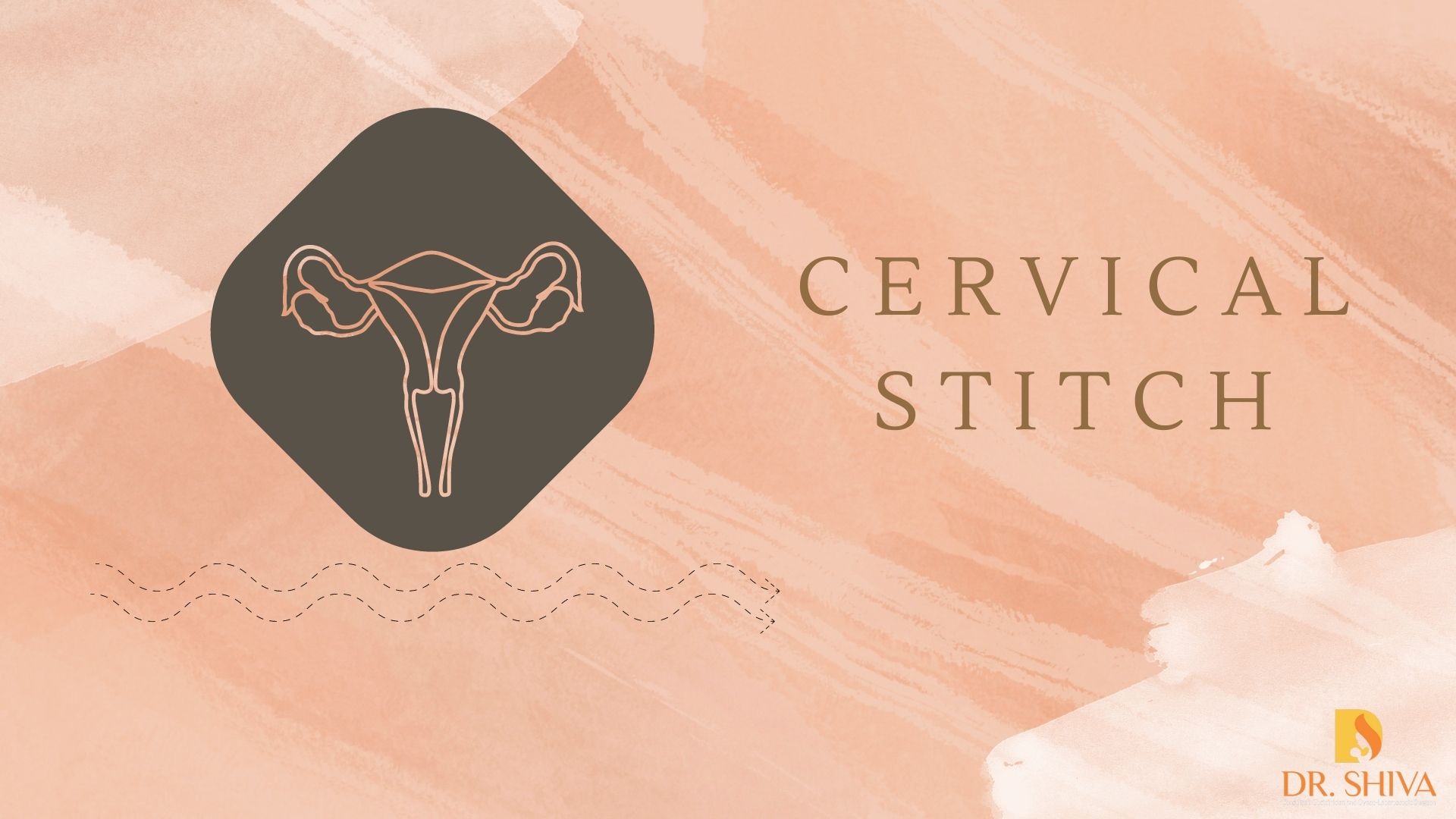
Towards the end of the third trimester when the body feels it is ready to deliver the child, the cervix starts to dilate(widen) so the baby can move out of the uterus through the vagina. But if this takes place early, due to the cervix being weak or other related problems it can result in premature birth or miscarriage. Cervical cerclage or cervical stitch is a procedure where the cervix is sewed if the doctor finds that the cervix is weak and there is a chance for premature delivery or miscarriage. It will be done at the hospital, and you may go home the same day.
Causes for Cervix to be weak
- Had a cervical cerclage in an earlier pregnancy
- Having a short cervix
- A history of pregnancy loss in the second trimester
- Abortions in the past
Ideally, it is done between the 12th and 14th week of pregnancy. If done at this time it is known as emergent cerclage. It can be done any time before 24 weeks and is rarely done in the later stages unless found necessary. The stitch is removed around 36-37 weeks.
When is cervical stitch not advised?
If you have an infection, having contractions or waters have already broken.
Cervical cerclage procedure
Before the procedure, an ultrasound will be taken to make sure the baby is fine and healthy. The doctor will also suggest tests to check for any infections. If found, a round of antibiotics must be taken and completed before the procedure.
During the procedure, local anesthesia is given to numb the pain. Surgery is usually done through the vagina. In some cases, when a vaginal cervical stitch has not worked or if it is not possible to do via the vagina, transabdominal cerclage is done. Progesterone shots may also be provided for additional help.
After the procedure, you may find vaginal bleeding for two days. You will have to visit your doctor every two weeks to make sure everything is fine. If the same procedure was followed in an earlier pregnancy, then you may need to stay in the hospital for some time.
Before delivery, the stitches will be removed. It is usually around 37 weeks or when you go to labor. If the stitches were done through a cut in the belly then the doctor will suggest a caesarean between 37 and 39 weeks.
There are a few risks associated with cervical cerclage such as vaginal bleeding, tear in the cervix, or infection. A cervical stitch will help to reduce the chances of having a miscarriage or premature birth, but it doesn’t mean we should not be careful. If you find anything different from usual, make sure to consult with your doctor.

